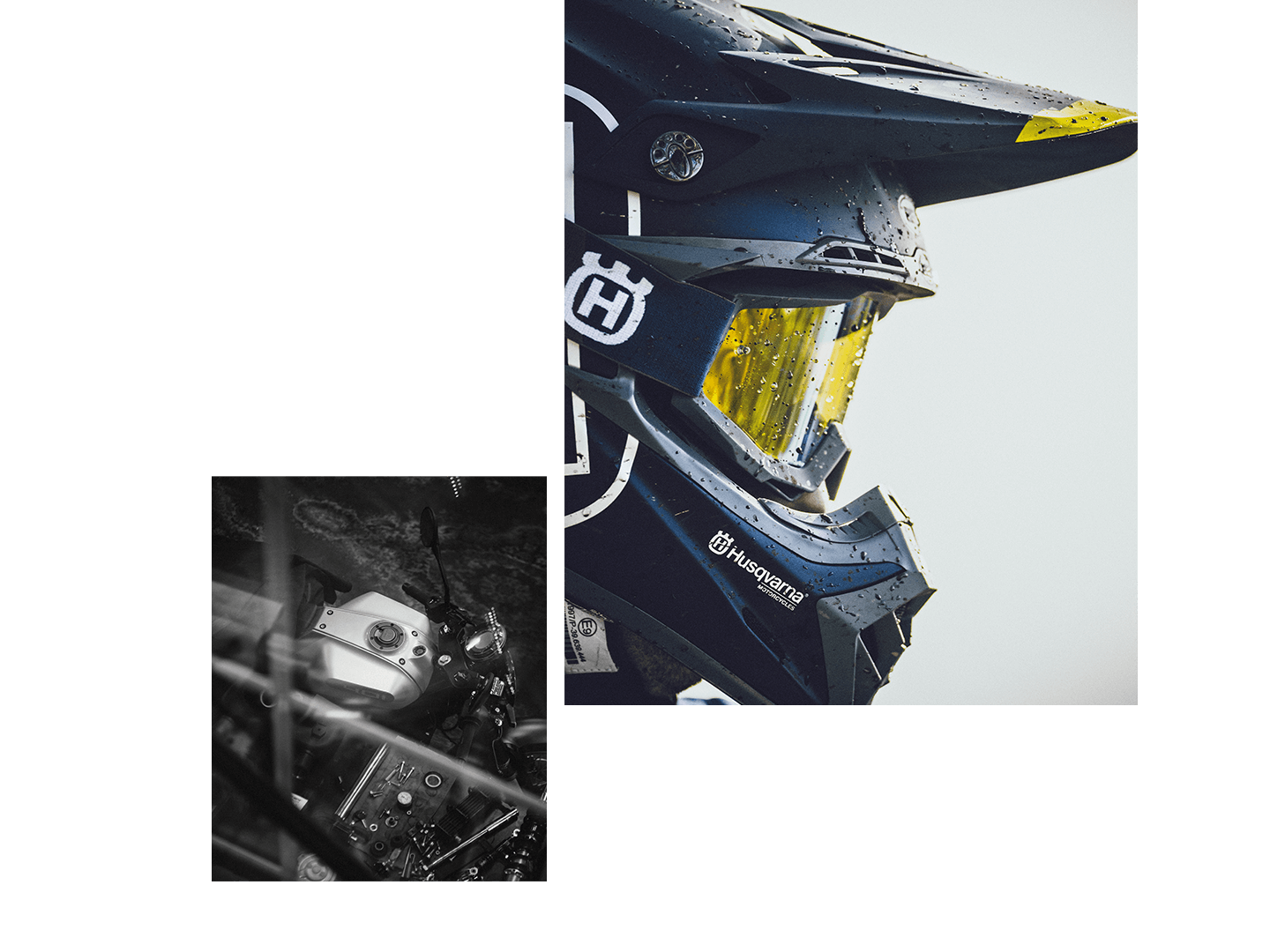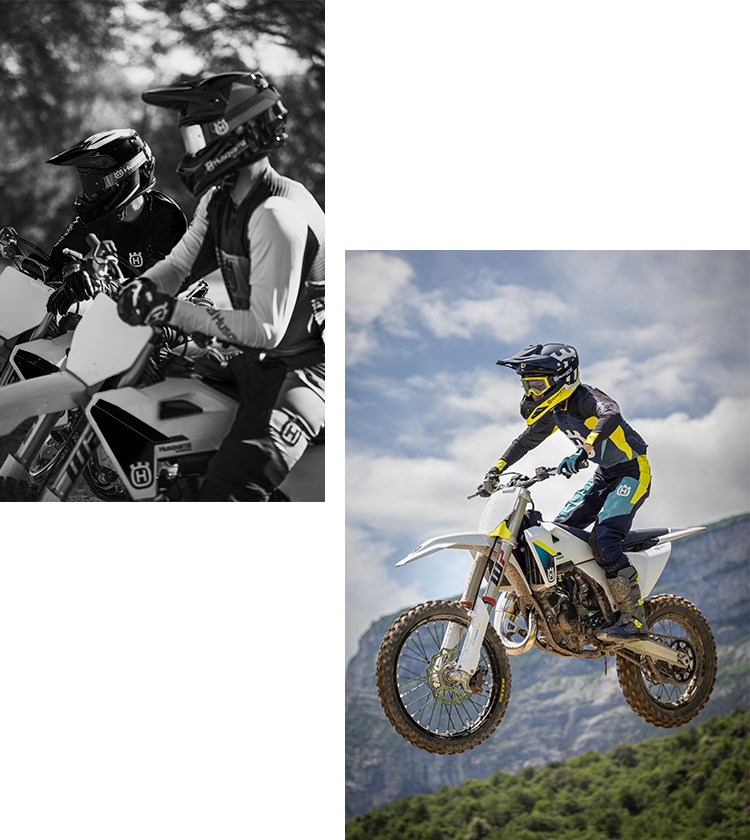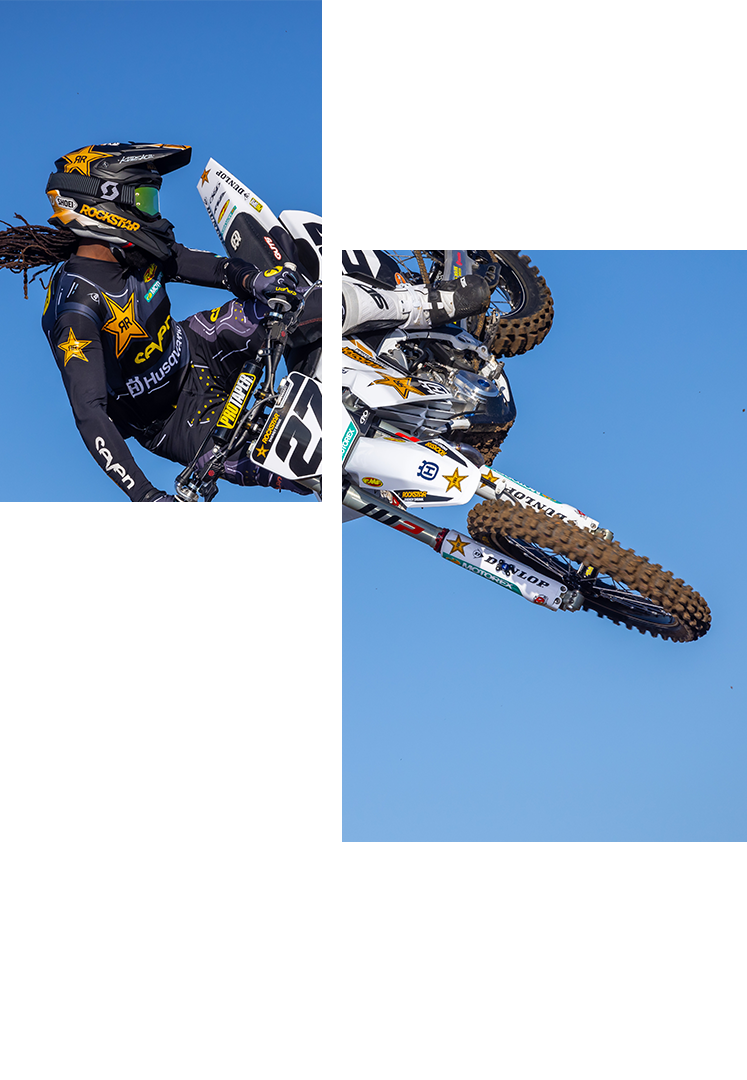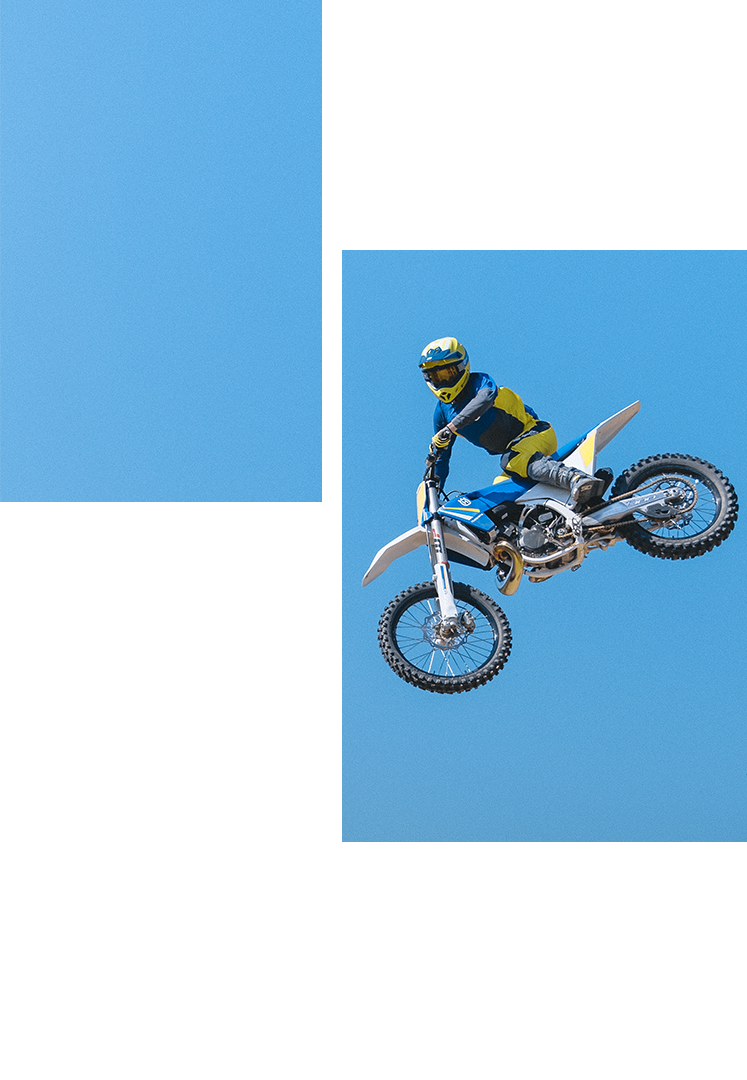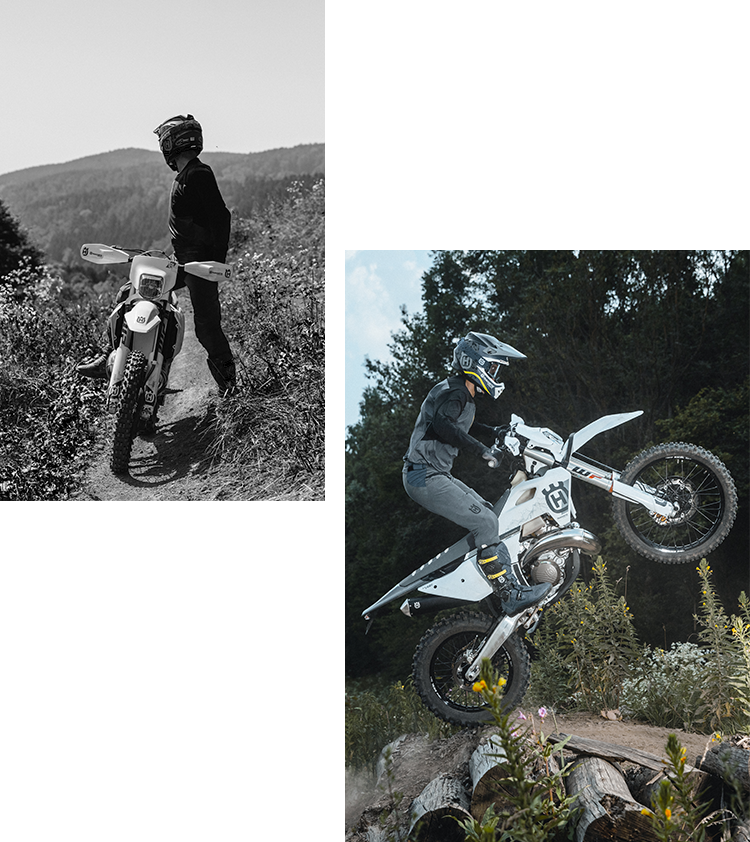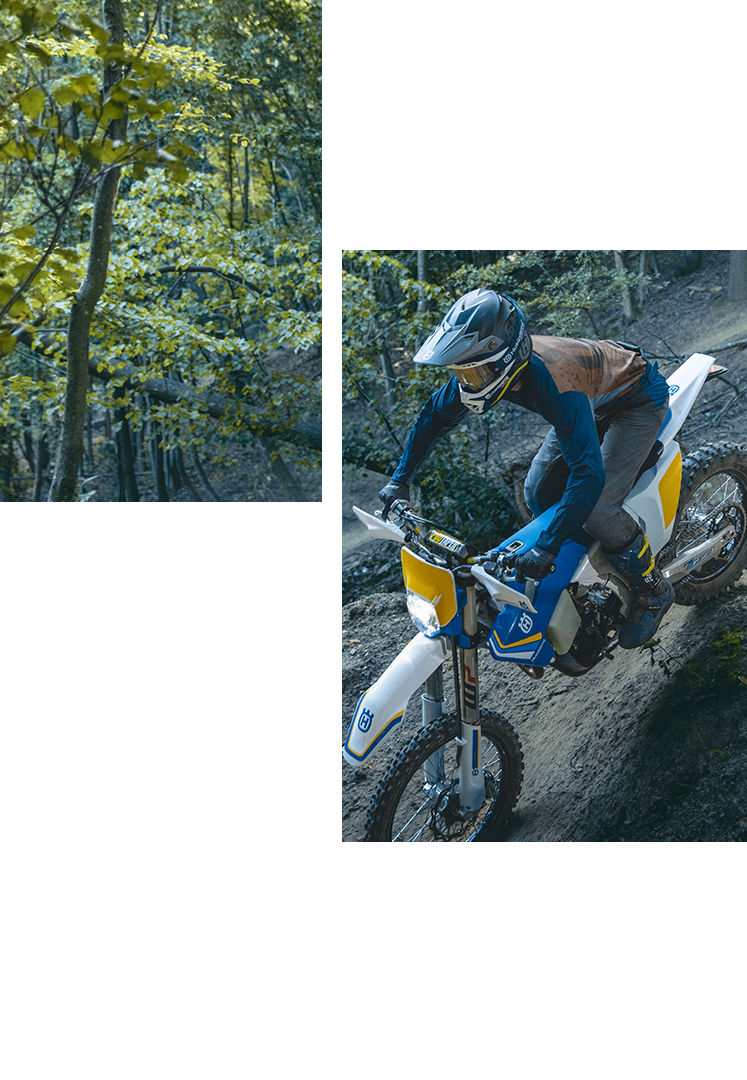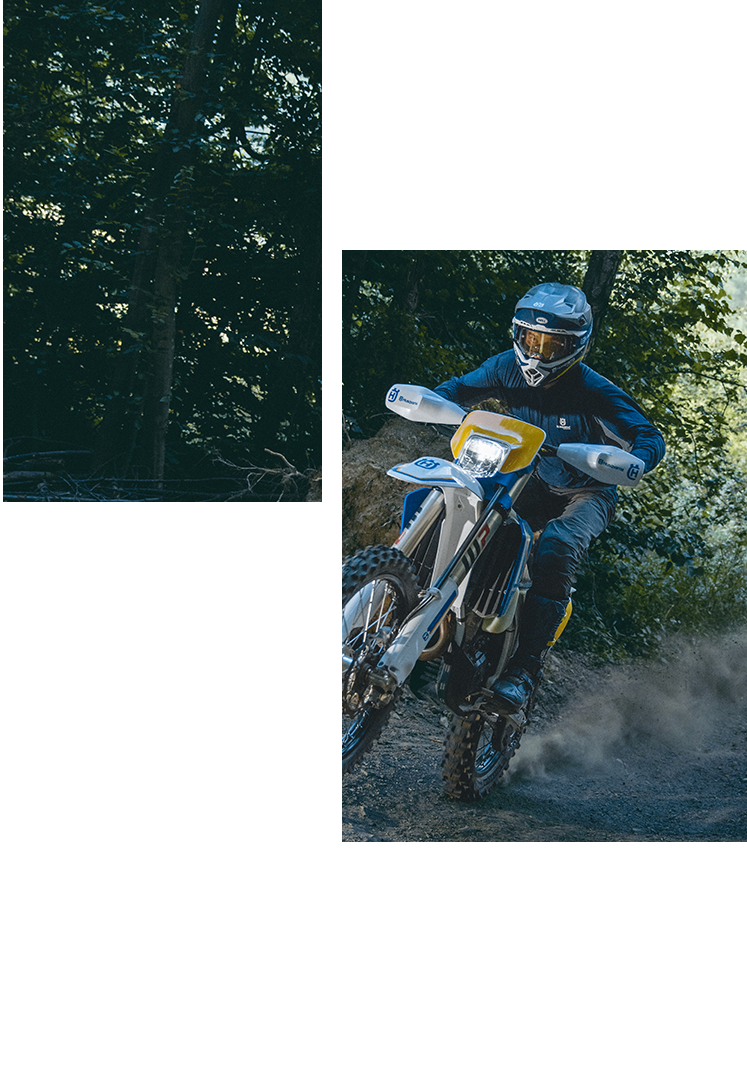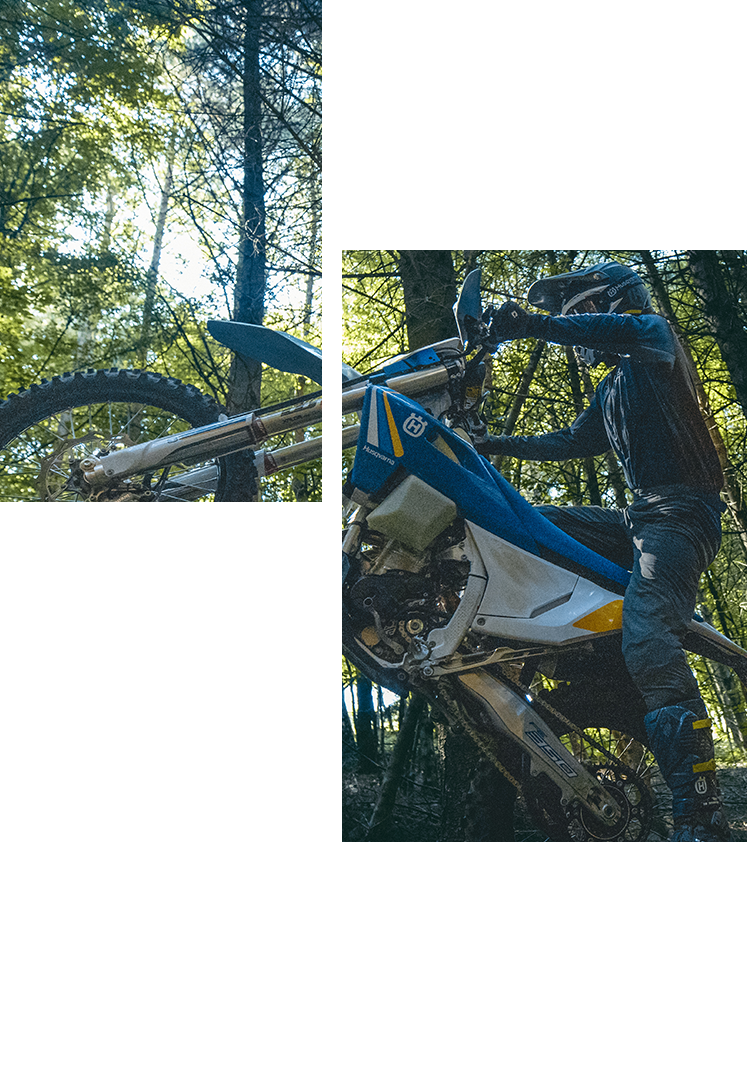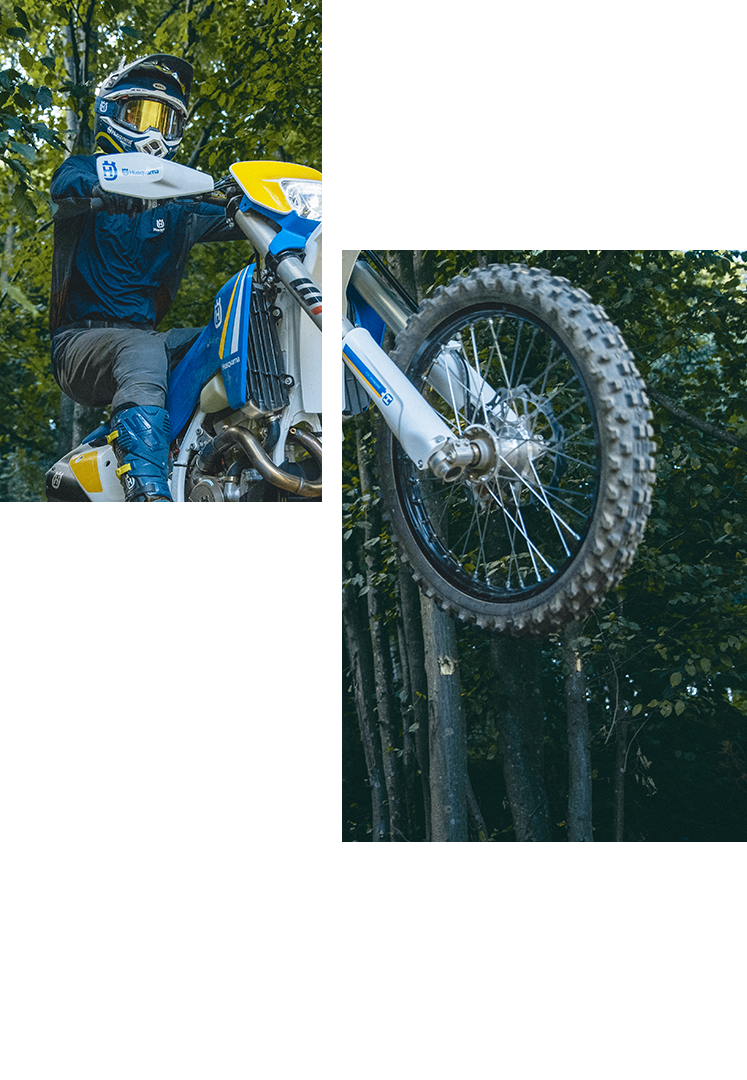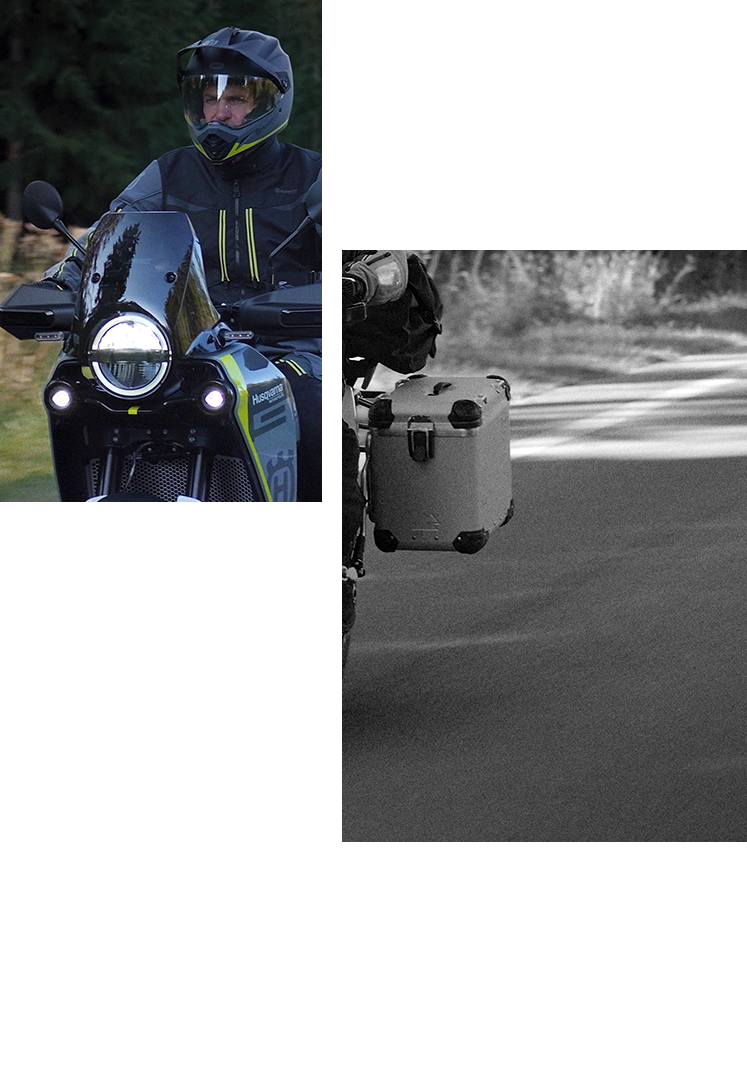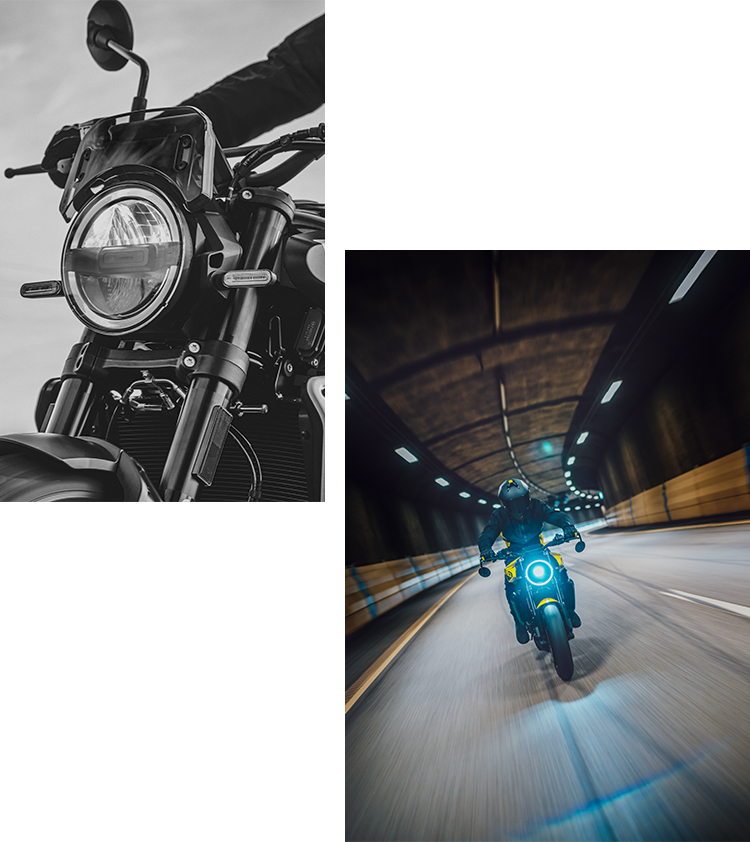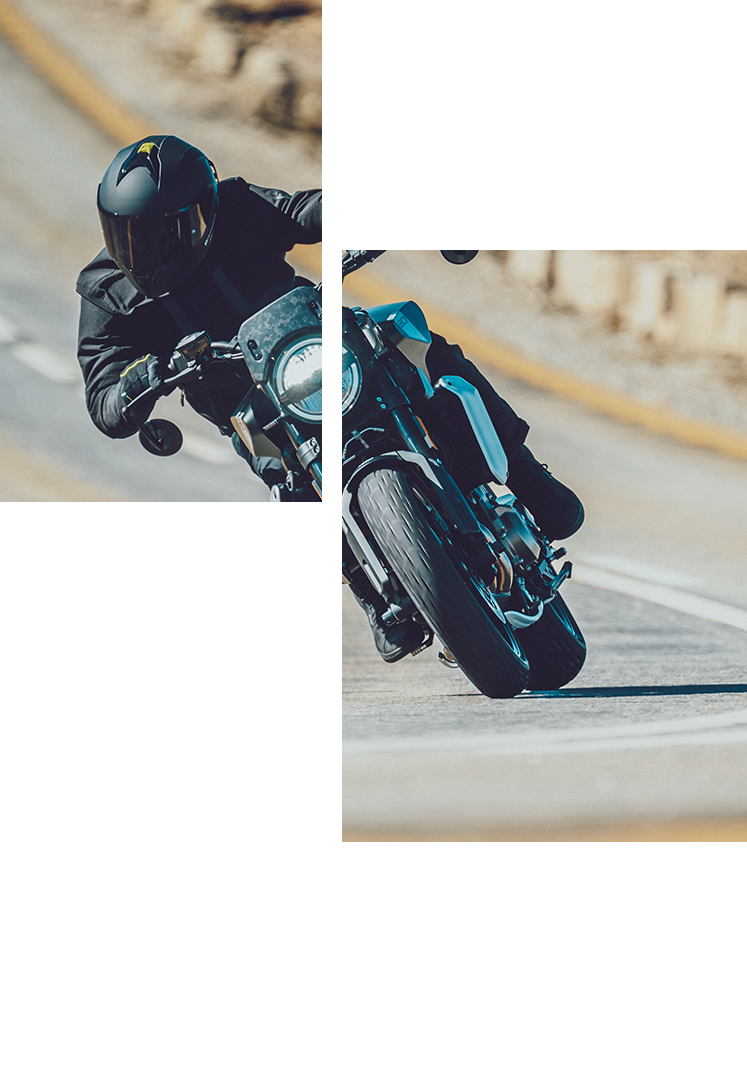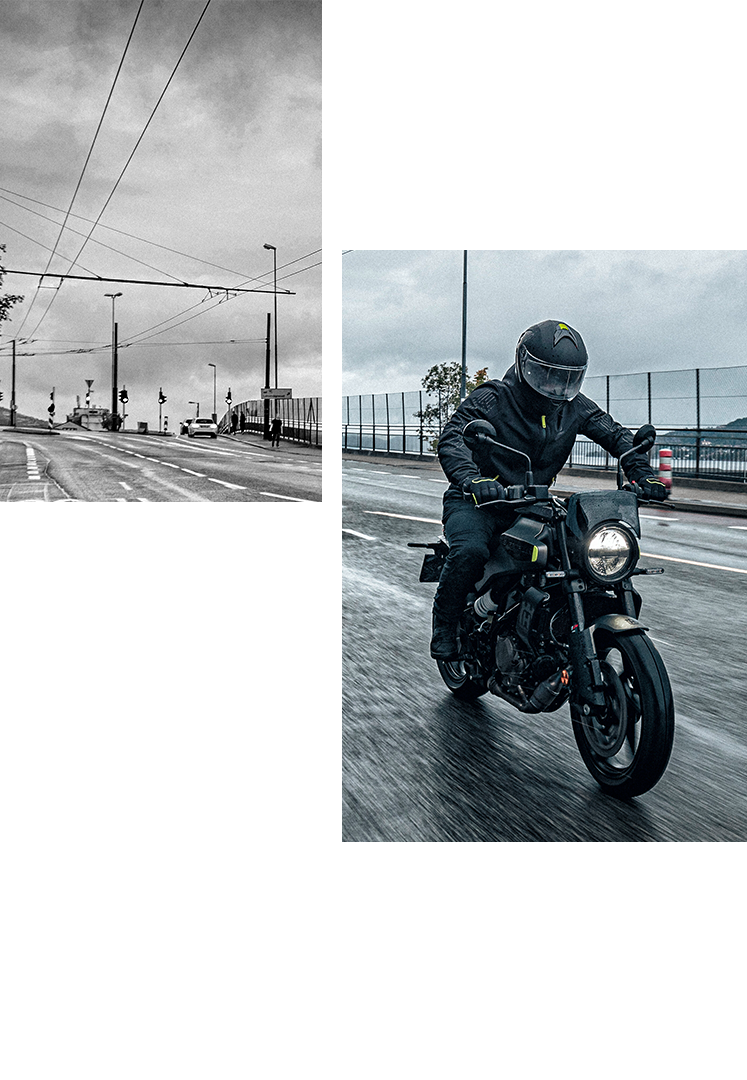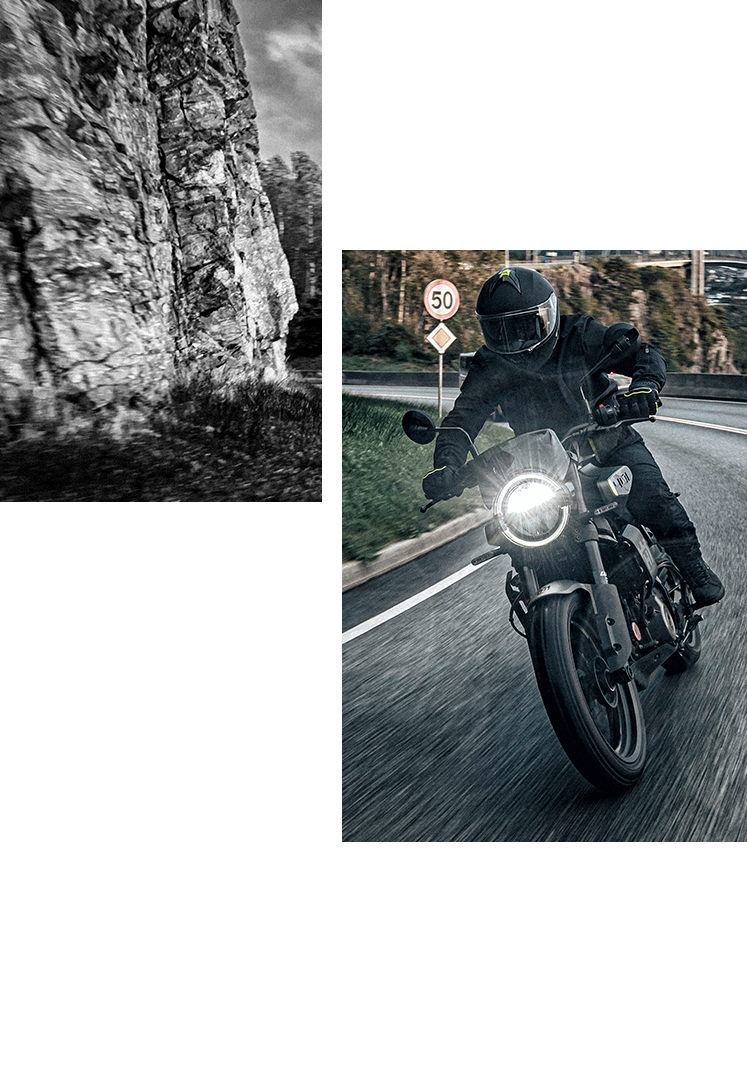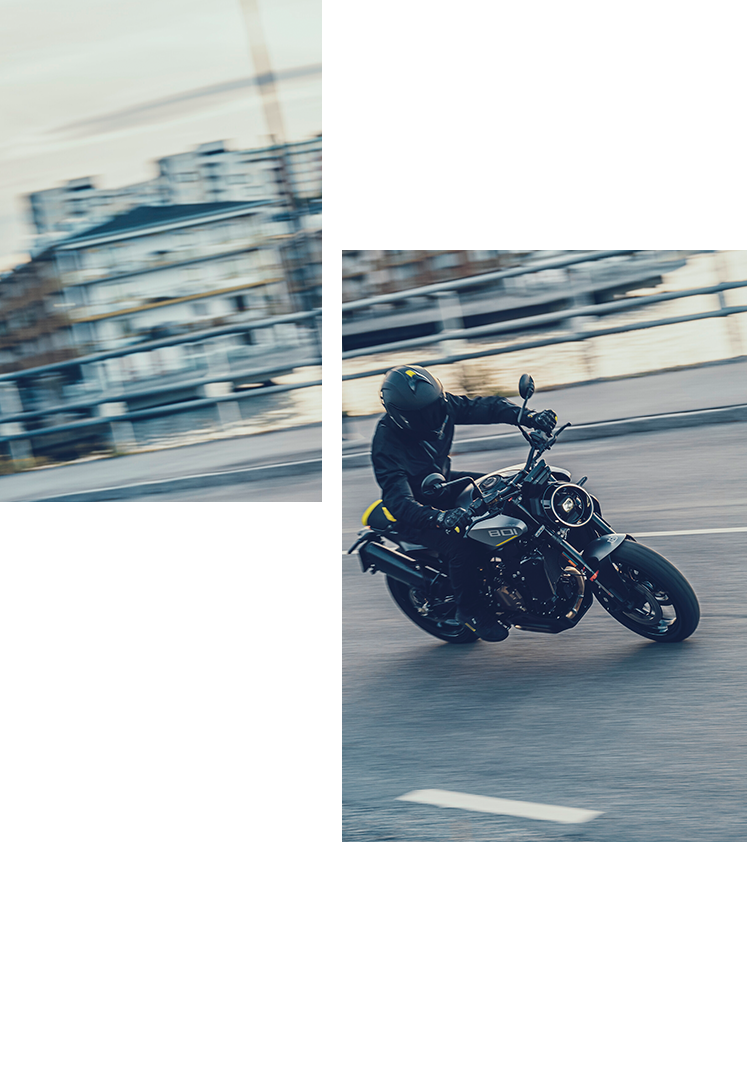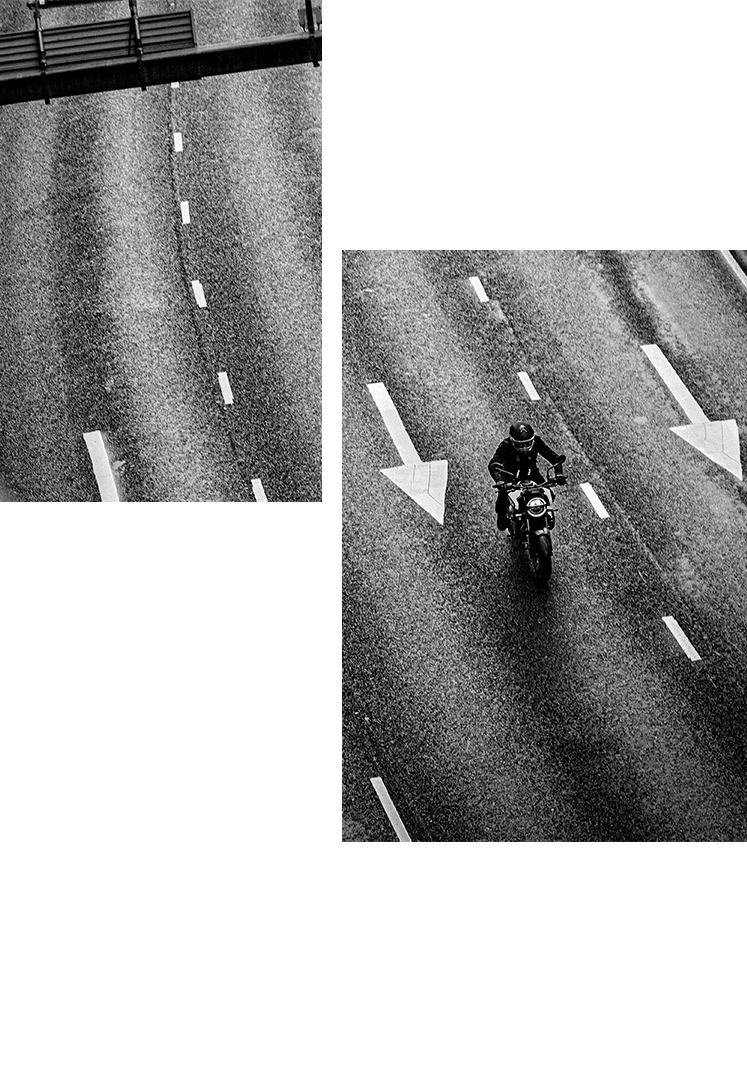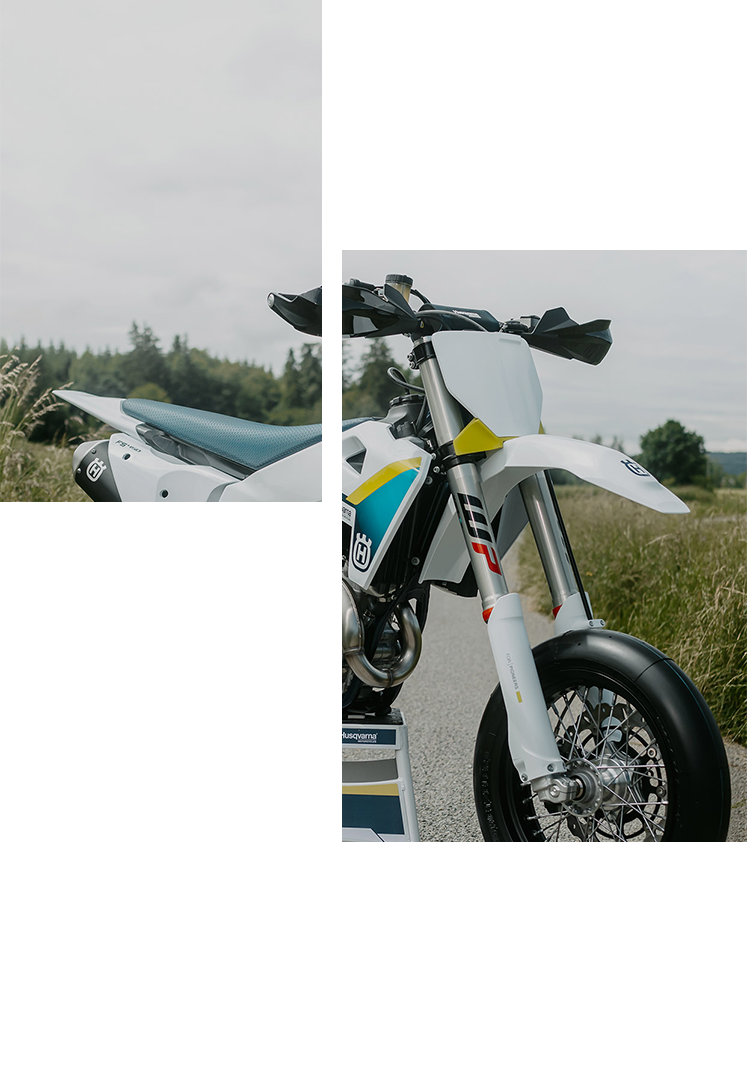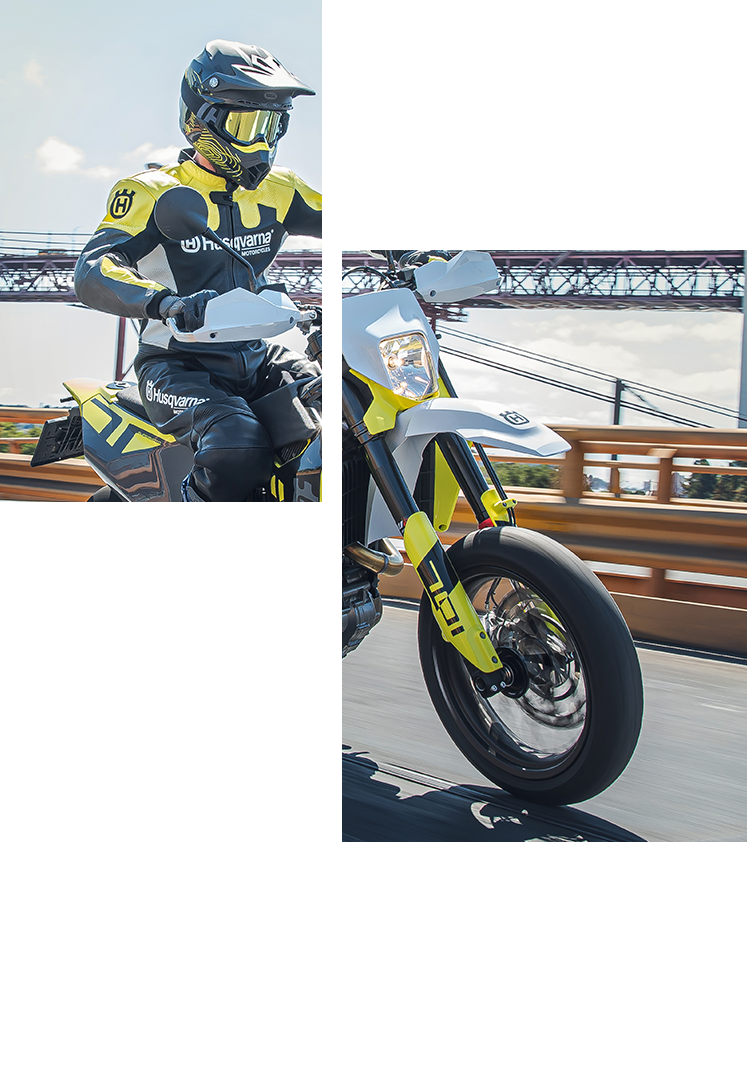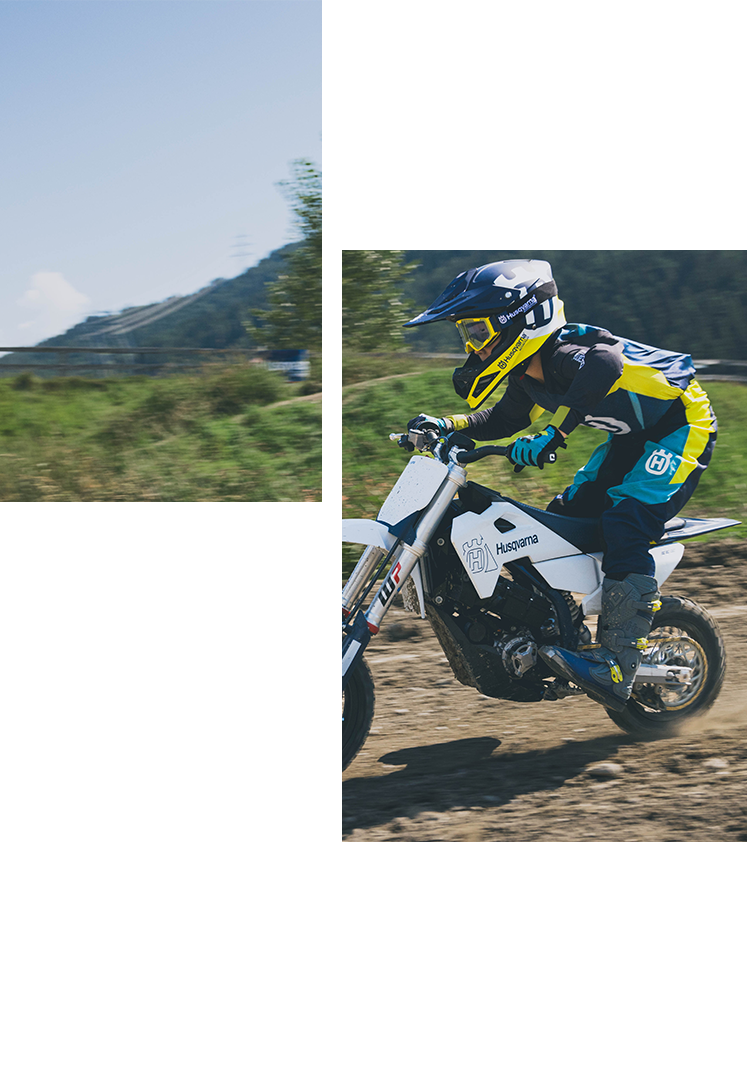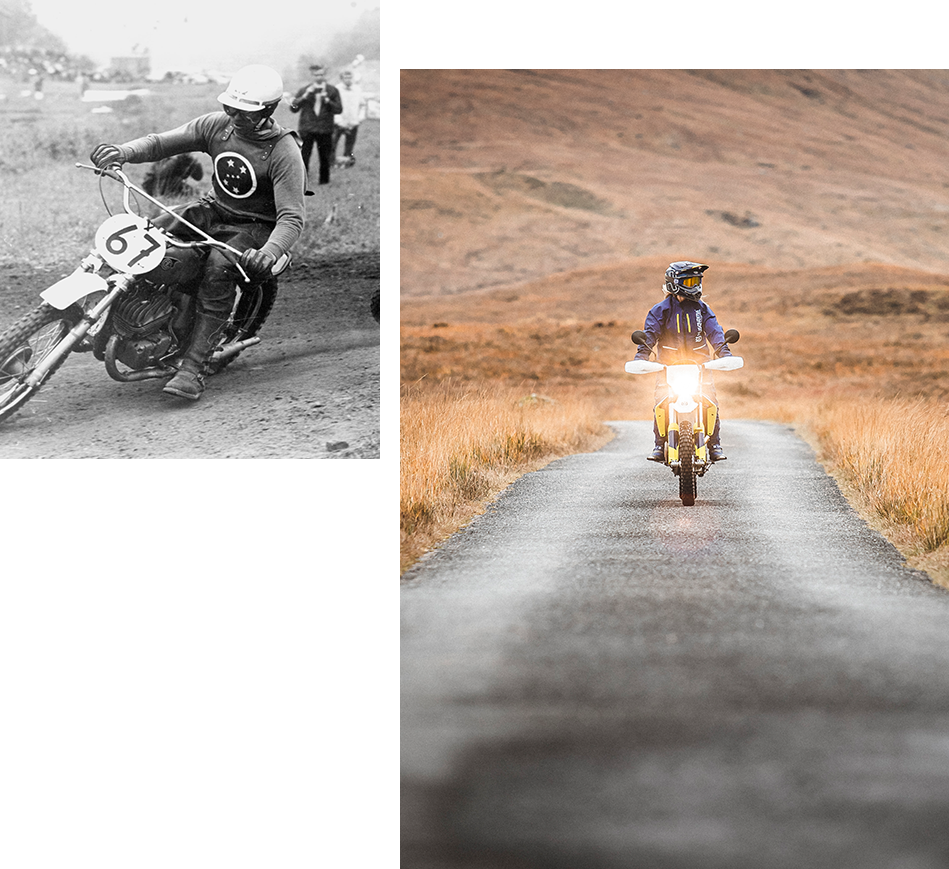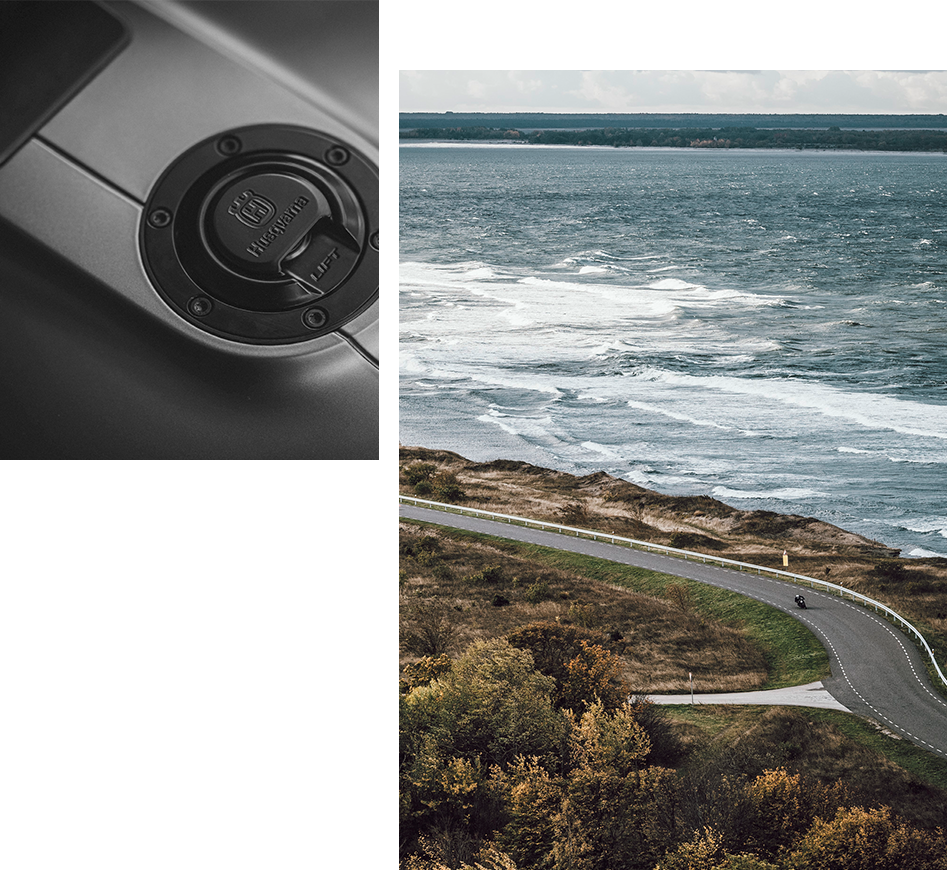In the statistics we can see the factory only churned out 423 units in the year of 1961. The Silverpilen street machines had stopped selling and the mopeds showed a deep dip. The future forecast was pessimistic, and the board contemplated giving up the two-wheel division entirely. A last-minute decision gave it another try, partly due to the successful history of the company's motorcycle adventures from 1903.
So, before the 1961 season started, Husqvarna announced that it would continue to support two riders in the half-litre class but giving nothing to the riders in the 250cc class. This meant that reigning champion Bill Nilsson received 10,000 Swedish Kronor (approx. 2,000 US dollars then) and Rolf Tibblin 4,000. They would both also benefit from premiums paid out by the factory, which amounted to a few thousand kronor each, provided the pair were delivering results. However, the world championship status had yet to be introduced among the 250cc class riders. This was the last season contenders fought for the European title and it might have had an influence on the company's decision to stop supporting 250cc riders. Consequently, everybody thought that Husqvarna was in for a disaster in 1961. Dark Swedish predictions gave the series the status of a cliff-hanger, especially as the British manufacturer Greeves seemed to be at the top with their ace rider Dave Bickers.
“I was content to stay with Husqvarna,” remembers Torsten Hallman. “But I had to do something with my equipment. I was dissatisfied with the leading-link forks from the previous year. It was unstable so I exchanged it for Norton front forks, which worked a lot better. A further Achilles-heel on my bike was the rear brakes, causing me repeated trouble, locking up when I used them hard. The solution turned up as we developed a floating rear-anchor point, which would later be used by all MX-Husqvarnas.”
